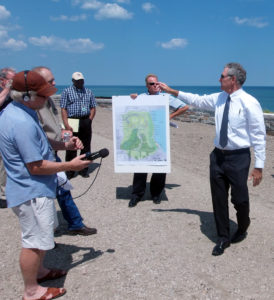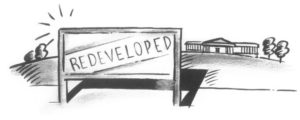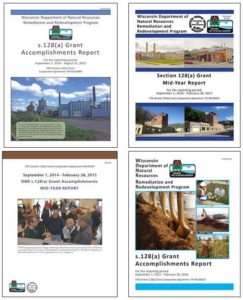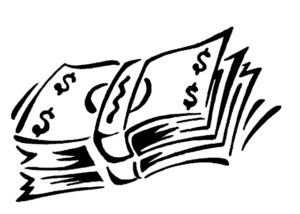MADISON – Two Wisconsin communities stand to benefit from Department of Natural Resources brownfields awards to assist with the investigation of historic contamination.
Pittsville and Edgerton received Wisconsin Assessment Monies (WAM) from the DNR for contractor services worth a combined $45,000. Administered by the DNR Remediation and Redevelopment Program, WAM awards provide communities with professional environmental site assessments of contaminated properties.
“The work will help the communities better understand the contaminated areas in question, leading to potential job growth, retention and economic development,” said Christine Haag, DNR brownfields section chief.
Continue reading “Pittsville, Edgerton receive DNR brownfield awards”




 A handful of Wisconsin communities, counties and entities will put to use recent brownfields awards from the US EPA. The awards are for assessment or cleanup activities and are part of the 279 awards given to communities across the nation, totaling $56.8 million.
A handful of Wisconsin communities, counties and entities will put to use recent brownfields awards from the US EPA. The awards are for assessment or cleanup activities and are part of the 279 awards given to communities across the nation, totaling $56.8 million.